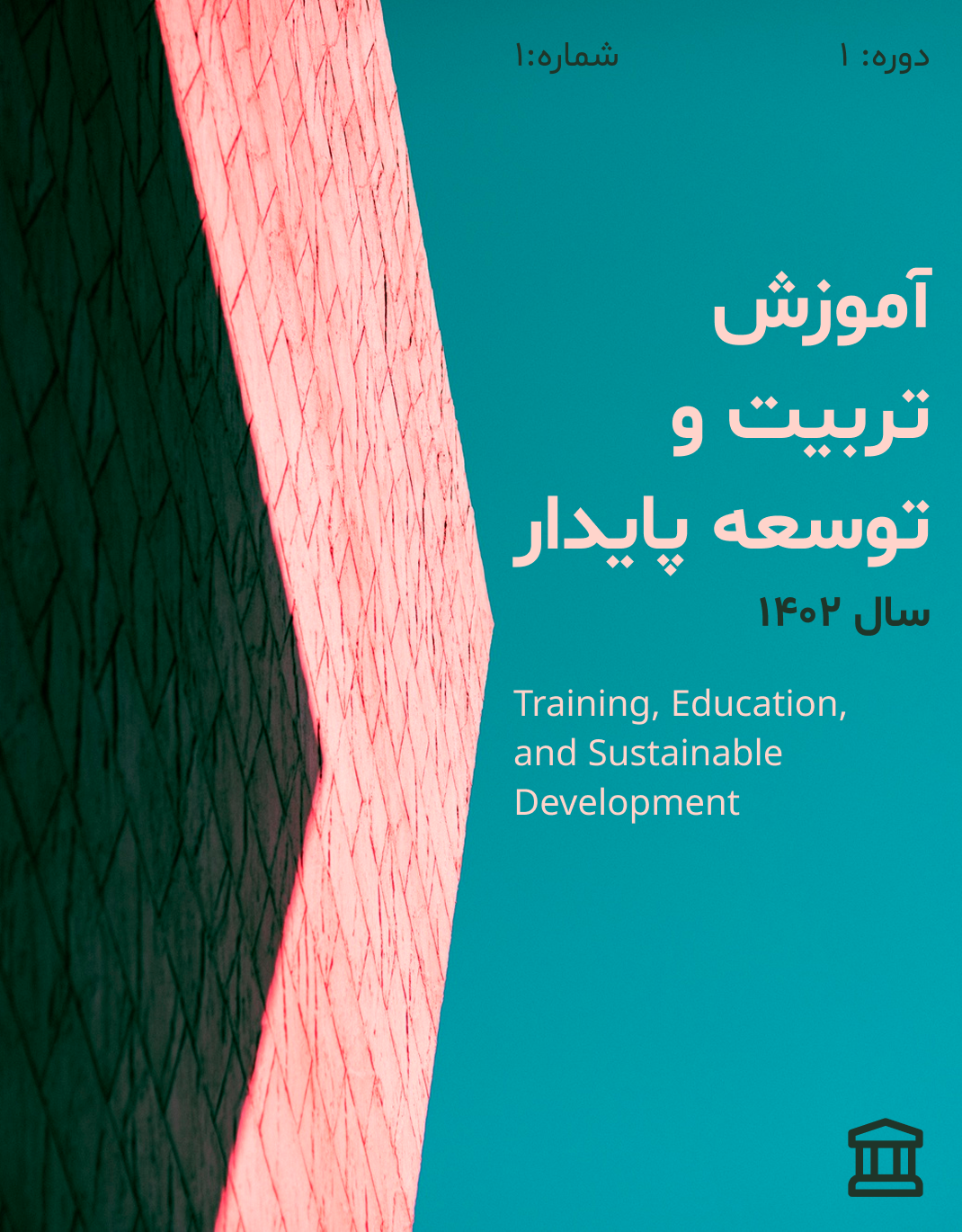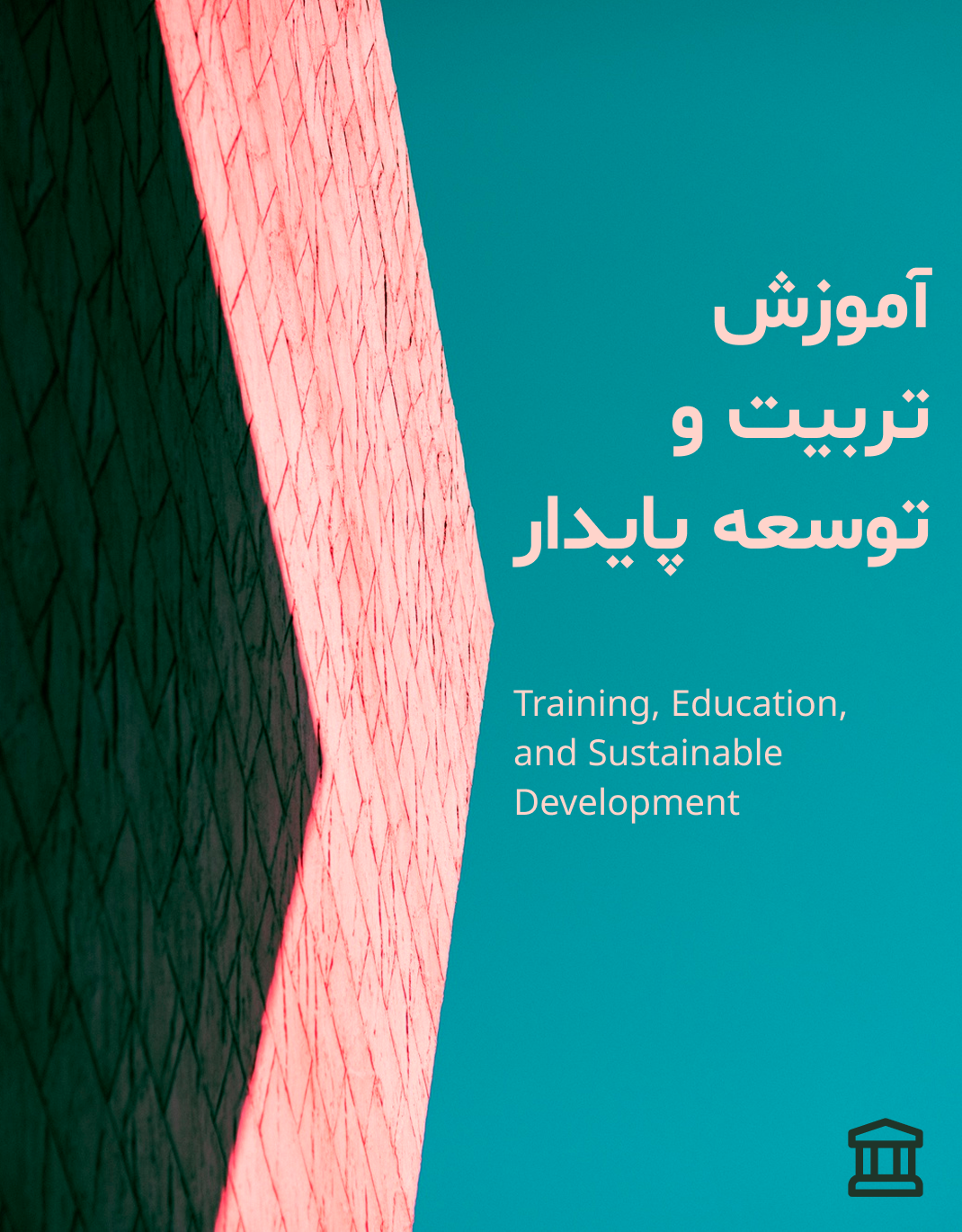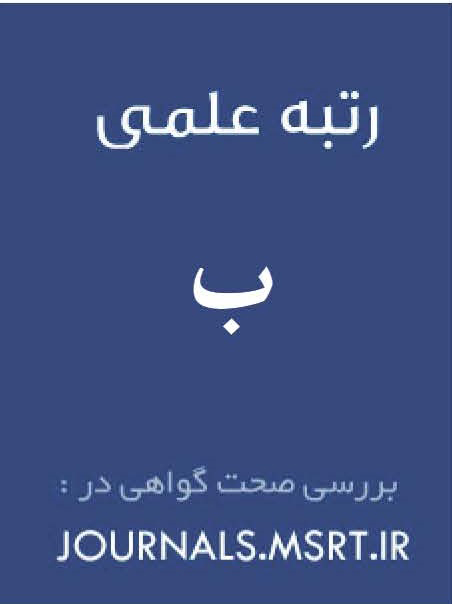شناسایی شاخصهای آموزش فراگیر برای دانشآموزان دارای نیازهای ویژه
کلمات کلیدی:
آموزش فراگیر, شاخصهای آموزشی, نیازهای ویژه, عدالت آموزشیچکیده
هدف این پژوهش شناسایی شاخصهای آموزش فراگیر برای دانشآموزان دارای نیازهای ویژه در مدارس شهر تهران است. این مطالعه از نوع کیفی و با روش تحلیل محتوای دادههای مصاحبههای نیمهساختاریافته انجام شد. ۲۳ نفر از معلمان، مدیران، مشاوران و کارشناسان حوزه آموزش فراگیر بهصورت هدفمند انتخاب شدند. دادهها تا رسیدن به اشباع نظری جمعآوری شد و با استفاده از نرمافزار Nvivo نسخه ۱۲، دادهها کدگذاری و تحلیل گردید. تحلیل دادهها سه مقوله اصلی شامل ساختارهای نهادی و حمایتی، فرهنگ و نگرشها، و مؤلفههای عملیاتی در سطح مدرسه را نشان داد. هر یک از این مقولهها شامل چندین زیرمقوله مرتبط بود که شاخصهای مهم آموزش فراگیر را تشکیل میدادند. نبود سیاستهای منسجم، کمبود منابع و آموزش تخصصی، نگرشهای منفی معلمان و والدین، و ضعف همکاری درونمدرسهای از مهمترین چالشها محسوب شدند. همچنین تأکید بر استفاده از روشهای تدریس تطبیقی، برنامهریزی فردی، ارزیابی تطبیقی و مشارکت فعال خانوادهها از مؤلفههای کلیدی موفقیت آموزش فراگیر بود. برای تحقق آموزش فراگیر در ایران، نیازمند اصلاح ساختارهای نهادی، تغییر نگرش فرهنگی و تقویت مؤلفههای عملیاتی در مدارس هستیم. شناسایی و بومیسازی شاخصهای آموزش فراگیر میتواند مسیر حرکت بهسوی عدالت آموزشی را هموار سازد.
دانلودها
مراجع
Ainscow, M., & Miles, S. (2008). Making education for all inclusive: where next? Prospects, 38(1), 15–34. https://doi.org/10.1007/s11125-008-9055-0
Ahmadabadi, Z., Malekpour, M., & Hejazi, E. (2019). Barriers of inclusive education in Iranian primary schools. Journal of Exceptional Children, 19(3), 7–20.
Booth, T., & Ainscow, M. (2016). The Index for Inclusion: Developing learning and participation in schools (4th ed.). Bristol: Centre for Studies on Inclusive Education.
Booth, T., Ainscow, M., Black-Hawkins, K., Vaughan, M., & Shaw, L. (2002). Index for Inclusion: Developing Learning and Participation in Schools. Centre for Studies on Inclusive Education.
Creswell, J. W., & Poth, C. N. (2017). Qualitative Inquiry and Research Design: Choosing Among Five Approaches (4th ed.). Thousand Oaks, CA: SAGE Publications.
Florian, L., & Black-Hawkins, K. (2011). Exploring inclusive pedagogy. British Educational Research Journal, 37(5), 813–828. https://doi.org/10.1080/01411926.2010.501096
Forlin, C., & Chambers, D. (2011). Teacher preparation for inclusive education: Increasing knowledge but raising concerns. Asia-Pacific Journal of Teacher Education, 39(1), 17–32. https://doi.org/10.1080/1359866X.2010.540850
Karami, S., & Mofrad, S. (2017). A qualitative study of inclusive education challenges in Iranian schools. Research in Educational Systems, 11(39), 55–76.
UNESCO. (2009). Policy guidelines on inclusion in education. Paris: UNESCO.



